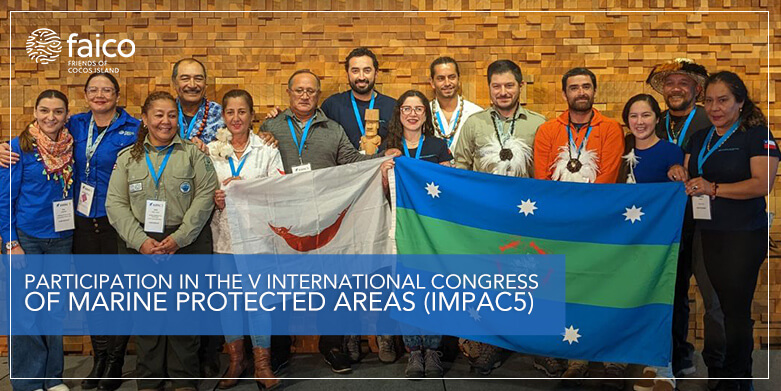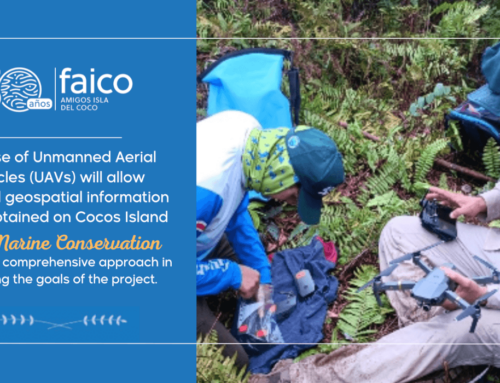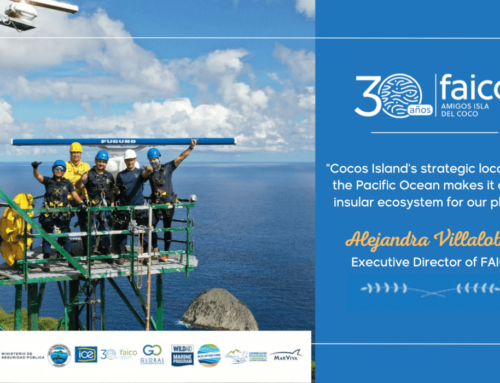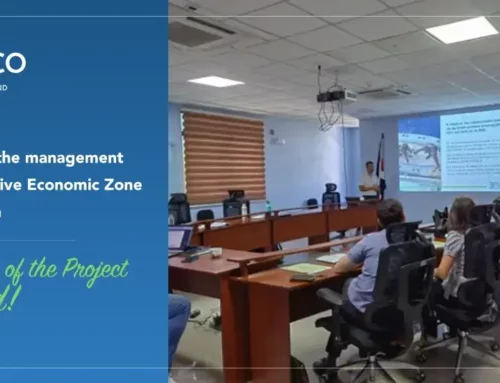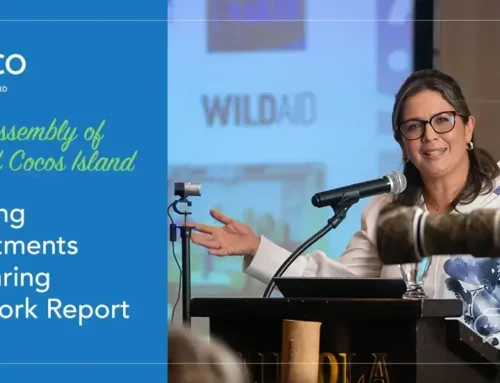Participation in the V International Congress of Marine Protected Areas (IMPAC5)
- Partnerships developed in IMPAC 5 will support the effective management of Marine Protected Areas
- Costa Ricans position the importance of Marine Protected Areas in IMPAC 5
Employees and representatives of the Ministry of Environment and Energy (MINAE), the National System of Conservation Areas (SINAC), the Cocos Marine Conservation Area (ACMC), the Friends of Cocos Island Foundation (FAICO), Asociación Costa Rica por Siempre (ACRXS), and Misión Tiburón Conservation Association (MT), among others, participated in the V International Marine Protected Areas Congress (IMPAC5) held in Vancouver, Canada, from February 3 to 9. The presence of Costa Ricans at the conference made it possible to raise awareness and position the importance of marine protected areas for the conservation of key ecosystems and the social well-being of a country.
“During the conference, we actively participated in various forums, which allowed us to promote strategic partnerships with other international stakeholders to strengthen the effective management of marine protected areas in Costa Rica,” declared Gina Cuza, Regional Director of the Cocos Marine Conservation Area. The conference also provided a platform to share Costa Rica’s achievements in marine conservation, including the success of protecting 30% of its marine territory with the expansion of the protected areas of the Cocos Marine Conservation Area in December 2021.
“These marine protected areas are key to the conservation of many endangered marine species and provide a wide range of ecosystem services, such as connectivity between ecosystems in the Marine Corridor of the Eastern Tropical Pacific (CMAR)” Cuza continued. However, managing a protected area three times the size of Costa Rica represents a significant challenge, which requires the cooperation of communities, non-governmental organizations, state institutions, and international organizations.
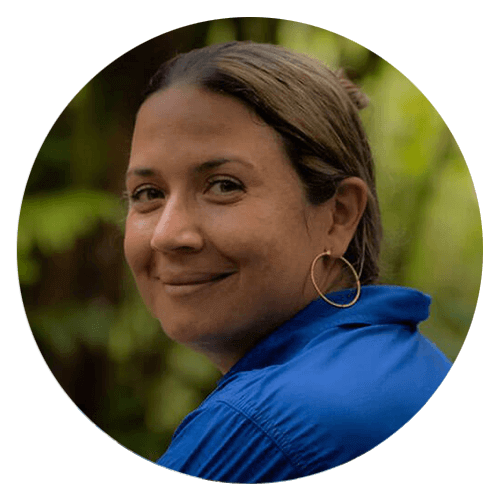
“Our participation in IMPAC5 aims to demonstrate to the world that the Cocos Marine Conservation Area, located in the Costa Rican Pacific, is crucial to guarantee the well-being of future generations, ecosystems, and marine biodiversity,” said Alejandra Villalobos, Executive Director of FAICO.
“Spaces like IMPAC5 are crucial to obtain financial resources and international experience to support the conservation and effective management of 30% of Costa Rica’s marine protected area, as well as work with communities and their livelihoods,” said Katy de la Garza, Executive Director of Asociación Costa Rica por Siempre.
The participating organizations reaffirmed their commitment to continue collaborating to guarantee the conservation of the country’s ecosystems and marine biodiversity and their long-term sustainability, with the aim of making Costa Rica a model of effective management of marine protected areas. In addition, within the framework of the conference, the Cocos Marine Conservation Area (Costa Rica), the Rapa Nui people (represented by the Sea Council – Koro Nui or te Vaikava -), and the marine protected areas Mar de Juan Fernández and Islas Desventuradas (represented by the Illustrious Municipality of Juan Fernández), expressed their interest in establishing a twinning relationship. This twinning seeks to establish lines of collaborative and reciprocal work for the exchange of experiences and joint learning among marine protected area managers with similar challenges.
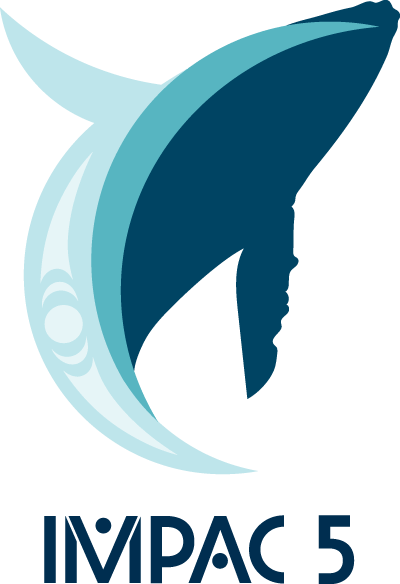
“In our participation in IMPAC5, we called for the implementation of inclusive marine conservation models that promote the active involvement not only of the different community stakeholders, but of the entire civil society. This inclusiveness allows us to find holistic solutions to our environmental challenges and strengthens the connection between communities and the ocean,” said Ilena Zanella, Executive Director of the Misión Tiburón Conservation Association.
Along the same lines, the Conference served to publicize the country’s next steps in the implementation of Goal 3 of the Kunming-Montreal Global Biodiversity Framework of the Convention on Biological Diversity. To achieve this goal, a HAC 2.0 Secretariat is being created at the Global Environment Fund in Washington. This Secretariat will have the role of providing technical and political support to protected areas such as Cocos Island National Park.
“Goal 3 not only seeks to protect a specific area, but also to ensure the representativeness, connectivity, and effectiveness of said areas. It is intended to be a goal of comprehensive commitments, thus preventing protected areas from becoming areas that exist in paper only”, ratified Eugenia Arguedas, focal point of the Convention on Biological Diversity.
Costa Rica is leading this initiative along with France and the United Kingdom and hopes to maintain a high political profile as it moves forward. The goal is for the protected areas around Cocos Island to become a global conservation model with the help of strategic partners and the new HAC Secretariat.
Another fundamental and globally important space will be the Our Ocean Conference to be held in Panama, where all CMAR members will have the challenge of positioning the importance of this initiative and building partnerships for the effective management of these areas and their users.
“The participation of members of the Technical Committee of the Eastern Tropical Pacific Marine Corridor (CMAR) in IMPAC5 was essential to strengthen regional cooperation ties in marine conservation and highlight the importance of marine protected areas in the preservation of biodiversity and the well-being of coastal communities. Only through collaboration and shared commitment can we face the most important challenges facing our planet, and international meetings such as IMPAC5 and Our Ocean are key to boosting this collective effort”, highlighted José Julio Casas, Secretary Pro Tempore of CMAR and Director of Coasts and Seas of the Ministry of Environment of Panama.


